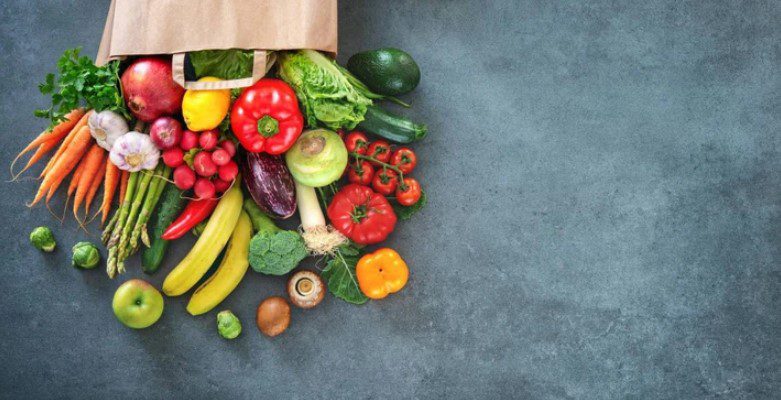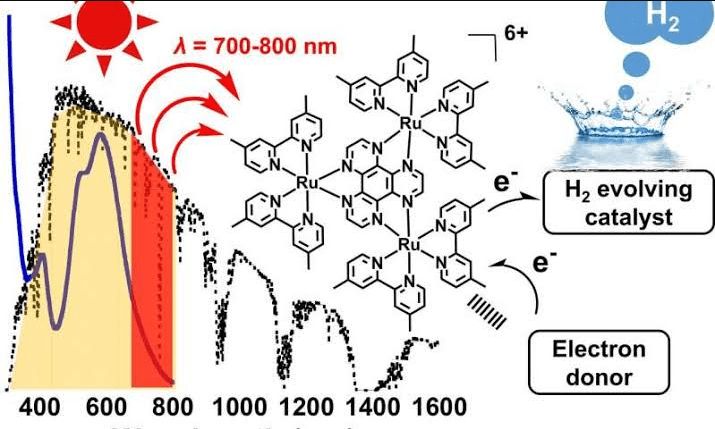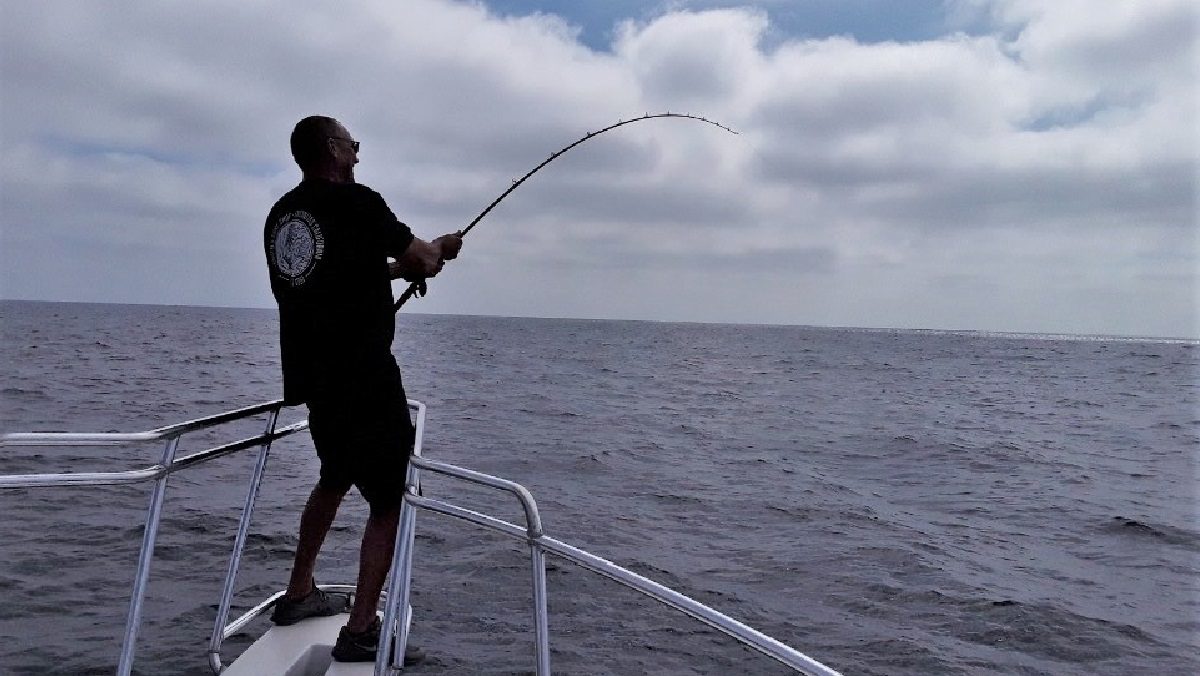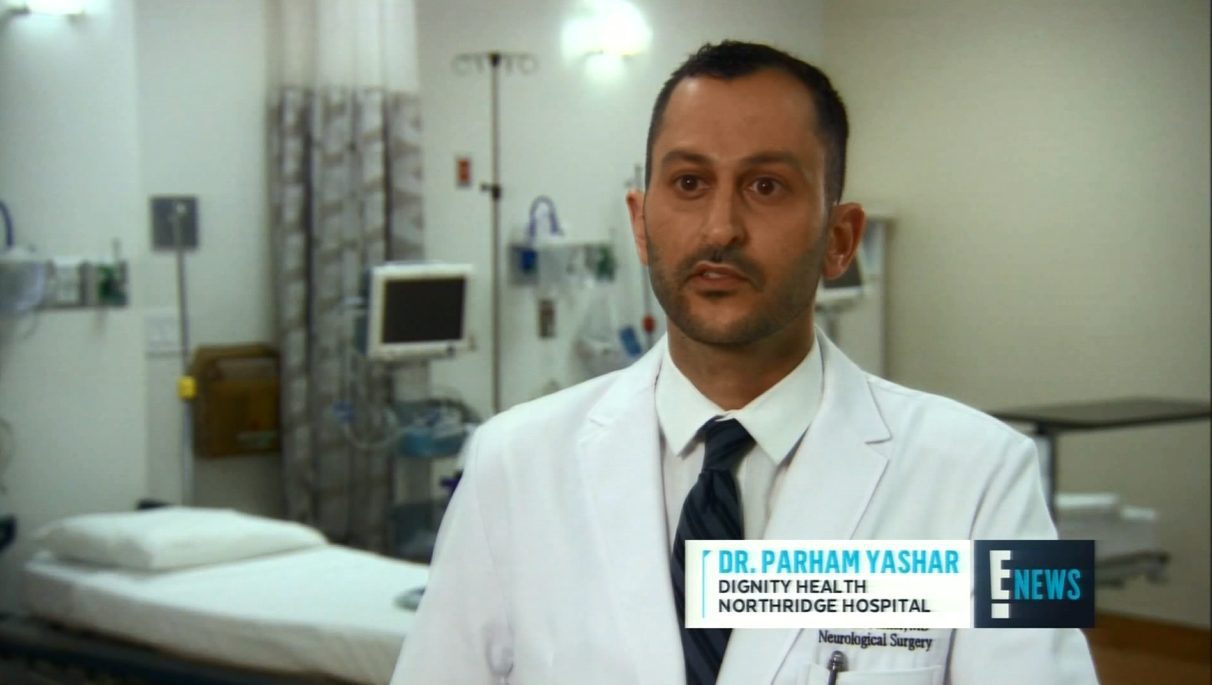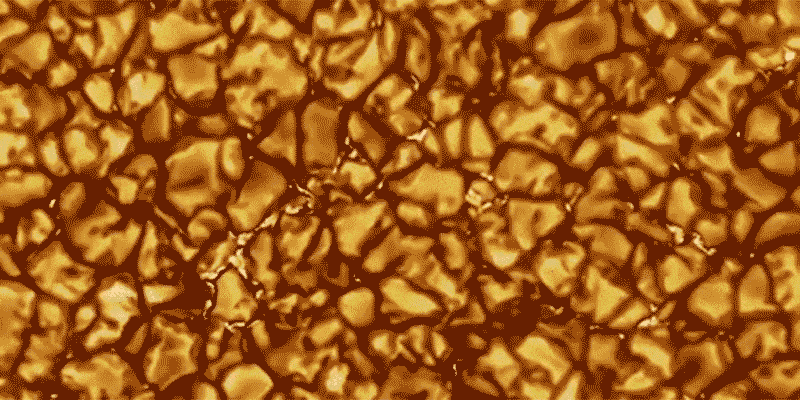At the age of 14 years, the patient is diagnosed with bulimia. She vomits regularly, accompanied by pain in the abdominal cavity, and is incredibly slimming. With psychotherapeutic help, the adolescent survives this phase. She likes to eat again and is gaining weight. However, she has depressive phases, which is why she takes the antidepressant Mirtazapine.
At the age of 16, the adolescent goes to a doctor again for treatment because of the food. She gets tired so quickly that she has lost weight again. Her chest area often hurts. Sometimes she spontaneously vomits when she bends over to tie her shoes. Also, during sports, she sometimes vomits. Usually, she has a sour taste in her mouth. All this puts a lot of strain on her in everyday life.
The doctors at the University Hospital in Heidelberg examine the patient thoroughly and also check various blood values, all of which are unremarkable.
The stomach does not belong there
However, X-rays after administration of a contrast medium immediately show where the problem lies, as the team of doctors reports in the “International Journal of Surgery Case Reports.” The patient has a so-called axial hernia: The upper part of the stomach protrudes through the gap in the diaphragm, which generally only leaves room for the esophagus into the chest cavity. The hernia is huge. The findings may explain why adolescent vomits repeatedly. Because such hernias often cause heartburn in patients.
Usually, the stomach lies entirely in the abdomen, i.e., below the chest cavity. The dome-shaped diaphragm muscle serves as a partition between the chest and the abdomen, although the esophagus passes through it. In the 16-year-old girl, the opening around the throat has become considerably more significant, causing part of the stomach to press into the chest cavity. The enlarged gap in the diaphragm also causes the stomach contents to rise slightly back into the esophagus – which often causes the adolescent to have an acidic taste in her mouth or even vomit.
An operation should correct the hernia – and thus, the problems of the young patients. The medical team, led by Giovanni Frongia, performs the process in Heidelberg. They move the stomach back into the abdominal cavity and reduce the gap in the diaphragm back to a standard size. Also, a cuff on the esophagus is intended to help it close better in the future and allow less gastric acid to flow back.
After the operation, the young person feels better for a while, but this does not last long. Only four weeks later, after eating, she again has a strong feeling of fullness and has to throw up again. The doctors prescribe her a medication to speed up the emptying of her stomach. This helps at least a little bit. They also recommend that the patient eat only small portions, but more often. Frongia and his team regularly check how the 16-year-old is doing.
Hidden bottleneck
In spite of all measures, the patient does not get rid of all her complaints. The doctors, therefore, decide to examine the stomach and abdomen using magnetic resonance imaging. The images reveal that not only the patient’s stomach is dilated, but also the first section of the small intestine, the so-called duodenum. This dilation extends to the point where the intestine passes through the branch of an intestinal artery – the so-called upper mesenteric artery – from the aorta. Normally the angle between the two blood vessels is 40 to 60 degrees – and provides enough space for the intestine. At an angle of fewer than 25 degrees, however, it becomes narrow.
In the patient, the angle is just 14 degrees. As a result, her intestine has to squirm so much through the narrowing that most of the food gets stuck here. Doctors can confirm this with an endoscope: even after the patient has not eaten for 24 hours, there are still relevant amounts of food above the narrowing.
If the duodenum is trapped by the mesenteric artery and aorta in this way, it is called Wilkie syndrome. The diagnosis is rare; doctors estimate that between 0.01 and 0.3 percent of people are affected.
Rapid surgery
When making a diagnosis, it is recommended that patients first build up the weight by consuming very high-calorie drinks, among other things. Afterward, the angle of the blood vessels can widen again so that the problem can be solved without surgery.
However, the patient has now had several months in which many unsuccessful attempts have been made. Therefore she is now undergoing surgery quickly. The surgeons bridge the narrowing by connecting a part of the intestine that lies in front of the obstacle with a part behind it.
The operation proceeds as planned; six days later, the patient can leave the clinic. In the coming weeks, she can finally eat normally again. She gains weight as desired and can enjoy her life back. Like the doctors, she hopes that her case will help other patients with Wilkie syndrome to receive the correct diagnosis early on.
In retrospect, it is not possible to say whether the patient already had Wilkie Syndrome when she was diagnosed with bulimia. However, Frongia thinks this is likely. The hernia also probably resulted from the duodenal constriction.


